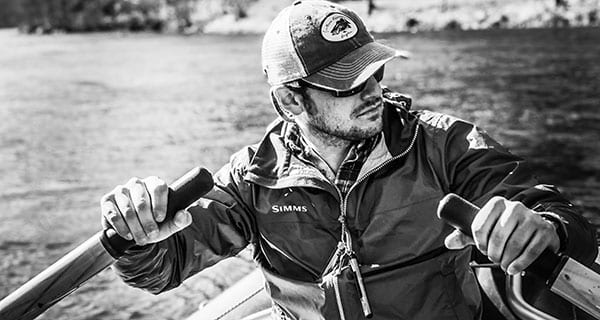I have always loved tying my own flies. I started when a gentleman at the church I grew up in gave me a deer hide, some pheasant feathers, and packs of old mustad dry fly hooks that looked like they belonged more in a fishing museum than crammed into the desk of a wide-eyed 11 year old. While my first attempts at tying were “interesting” to say the least, it sparked a love of a hobby that I also credit with helping to advance my guiding career and also helping me better understand the effects that different styles of flies have on trout. There is also nothing more rewarding to me than watching a fly that I created being responsible for putting fish in the net, whether I’m guiding or fishing for myself.
With that being said, there’s been an age long debate on whether or not the time/ material cost of tying flies is worth the effort, rather than just buying your own and calling it good. It can also be intimidating for someone, who has never tied flies, to know what materials/ tools to buy, let alone how to tie a fly in the first place.
As for me, I sit in both camps. I don’t tie all of my own flies, with the main reason being the greatest cost: personal time. While I can whip out a standard beadhead pheasant tail or waltz worm in 45 seconds with enough concentration, I go through way too many parachute adams and stimulators on guide trips for me to be able to keep up with the constant need of replacements. There are many great outlets for flies, either through local fly shops or online, and the price of a good dry fly, that is well tied with plenty of hackle, is well worth the 3 bucks or so you might spend. I will strongly caution that if you go the route of buying your own flies, to stay very far away from “discount” flies that can be bought for a dollar or less, in some cases. These flies are usually tied on poor hooks, and will sometimes fall apart without even catching a fish. Consider buying your flies as an investment into your time on the water, which I think we all can agree is very precious.
With that being said, there is a strong argument to be made with tying your own flies. Like I said, there’s really no greater satisfaction than fooling a wary trout on a fly, that you created from scratch. Fly tying also has a very strong tradition that goes back for hundreds of years, and the availability of instructional videos and in-person fly tying clubs is greater now, more than ever. Fly tying is also a great hobby to spend time during days when going fishing just isn’t possible, and is also a great way to “scratch the itch”, so to speak, in the off season. Generally speaking, you can tie 100 basic fly patterns for the normal selling price of ten pre-tied patterns. (Take this with a grain of salt).
With that being said, if you’re new to fly tying, treat the tools and materials that you purchase as an investment into your time on the water fishing. Materials and tools are only as good as what you pay for, in some cases, and I promise you there is nothing worse than trying to learn on a vice that constantly malfunctions or with thread that breaks during the final stages of tying.
I encourage those of you who have never gotten into fly tying to give it a shot, it’s a great way to socialize with other members of the angling community and is also a wonderful hobby that keeps your mind focused on fishing.
Ethan Hollifield is a member of a conservation organization called 2% For Conservation and a guide for Southern Appalachian Anglers
